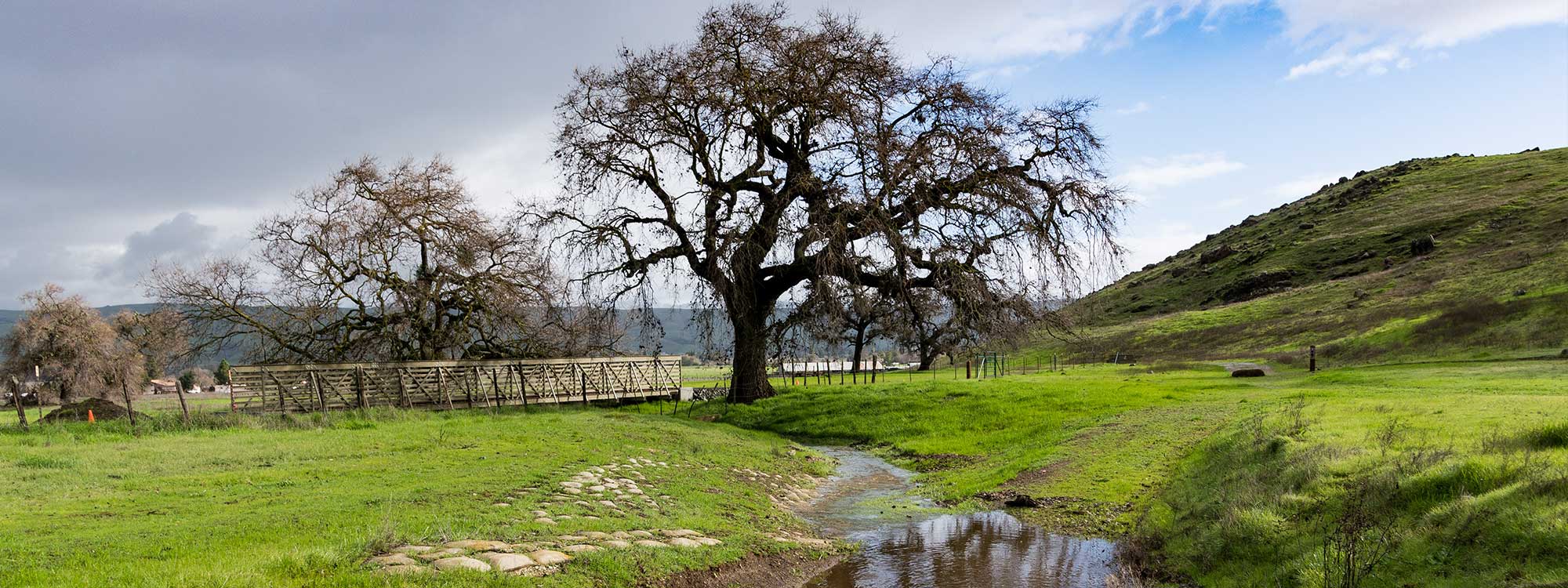To deal with increasing droughts and the effects of climate change, California is spending big money in support of groundwater protection and storage.
But as KQED Science reports, this new focus brings with it new concerns about potential industrial contamination of that groundwater:
“While diversifying the toolbelt of water management strategies will likely help insulate the state against loss, a group of researchers at Stanford University are drawing attention to a risk they say has long ridden under the radar of public consciousness: the introduction of dangerous chemicals into California groundwater, both through industrial and natural pathways…
“People know we have industrial contamination,” says Scott Fendorf a Stanford soil chemist and co-author on the study. ‘That is clear within the data.'”
The aforementioned Stanford study focuses specifically on Chromium 6 contamination, but when easy avenues to the water table exist, a variety of industrial contaminants can threaten our groundwater. KQED continues:
“By looking at other compounds found alongside Cr-6, they were able to identify three possible points of contamination: industry, agriculture, and natural input.
Industries such as metal plating were linked to high Cr-6 levels in the areas outside of Los Angeles and the San Francisco Bay. Los Angeles is the largest manufacturing center in the United States, and San Francisco’s proximity to Silicon Valley drives much of its industrial growth.”
This is where San Jose’s Coyote Valley comes in. At this moment, it’s the largest area of Santa Clara County’s groundwater system that can be easily protected from industrial contamination. For most parts of the groundwater system vulnerable to industrial contamination, the best we can hope for is to minimize the risk from existing industry. Coyote Valley, as a large area of undeveloped land, gives us the chance to avoid the threat of contamination entirely rather than working to avoid the worst-case scenario.
The potential contamination is another important reason for San Jose residents to vote Yes on Measure T, which provides up to $50 million to protect Coyote Valley. Greenbelt Alliance has prepared a white paper and talking points on how developing Coyote Valley could threaten our groundwater supply, research that has played an important role in ensuring this money was budgeted for Coyote Valley. The need to protect our drinking water is part of what makes it so crucial for San Jose residents to vote Yes on T.
Contact us for information on how to get involved in the Measure T campaign or the fight to protect Coyote Valley.
Download our white paper “Coyote Valley & Groundwater Protection.”
Photo: Don DeBold via Flickr




